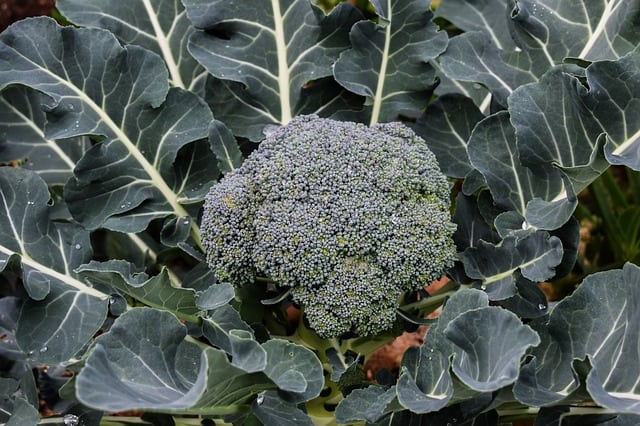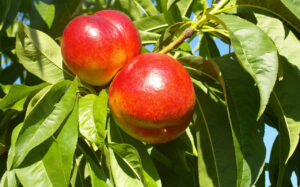Broccoli is a good cool weather crop that is typically grown where the summers are not too hot and you can expect two good harvests a year. Broccoli is also a very nutritious plant, containing very high levels of vitamin K, and some studies indicate that its sulforaphane content has chemo-protective qualities.
Buy Broccoli Seeds Online
| Image | Name | Rating | Shop |
|---|---|---|---|
 | Organic Broccoli Seeds | ||
 | Romanesco Broccoli (Brassica oleracea) 350 Seeds |
Broccoli Varieties
You can choose from a wide variety of broccoli, ranging from standard green to purple heads along with sprouting cultivars. When choosing a type, the heading broccoli tends to do better in colder climates while the sprouting broccoli might be more suited to warmer climates, if it’s grown during the cooler months.
Starting Broccoli Indoors vs Outdoors
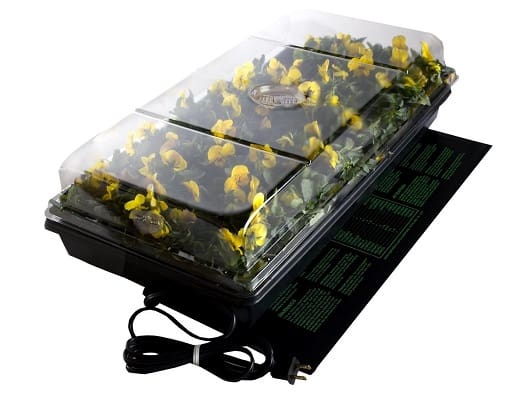
Broccoli can be directly sown into the garden or started in heated flats (Buy Online) for better germination, thereby giving you an early start on the season. If you choose to sow the seeds directly into the garden, then you should aim to have the seeds in the ground 100 days before the first frost in your area.
Growing Broccoli From Seed
If you choose to start your seeds indoors in a flat, then you can do this much earlier while the ground would otherwise be unworkable. If the plants are started indoors, you should make sure to let the seedlings reach a height of 4 inches (10 cm), and then carefully harden them off by placing them outdoors for short periods every day in order to acclimatize them.
Planting Broccoli
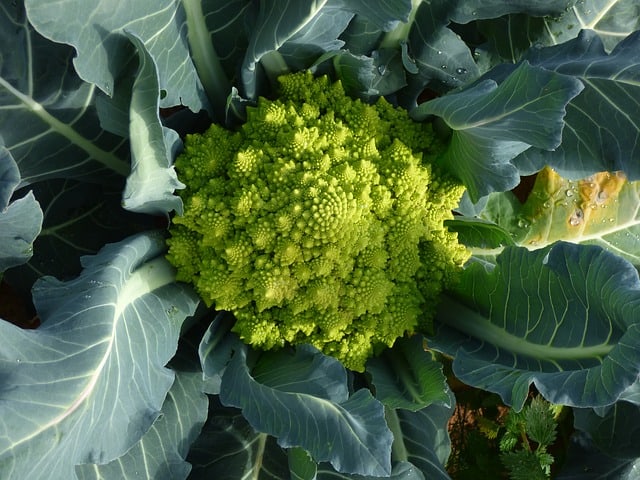
Broccoli Soil Requirements
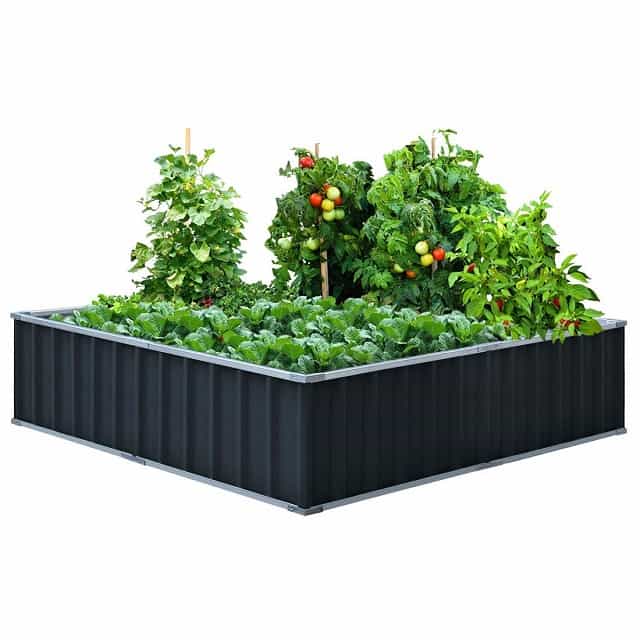
The quality of your soil is very important when comes to growing broccoli, as the plant requires very fertile, well-drained soil. If your soil is composed of mostly clay or you are on a high water table, then a raised bed (Buy Online) might be appropriate. If your soil fertility is low, then you can add well-aged compost to the soil, in order to increase the organic matter in your soil.
Broccoli Soil pH and Nutrient Requirements
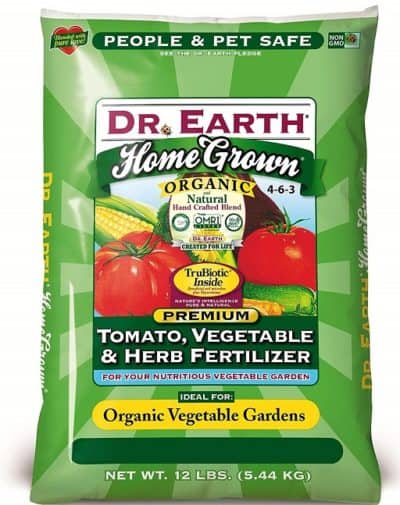
A high-nitrogen fertilizer (Buy Online) is a must because broccoli is a heavy feeder and will fail to produce if the nitrogen levels in your soil are too low. Make sure the pH is between 6.0 and 6.8. If this is not the case, then you can either lime the soil if it is too acidic, or add sulfur if your soil is too basic.
Does Broccoli Need Full Sun?
The best place to plant broccoli is in full sun; but if you can find a location that might provide a little shade in the summer, this choice might protect the plants from heat stress.
Broccoli Plant Spacing
When sowing directly into the garden, you should place the seeds about 18 inches (46 cm) apart in rows spaced 24 inches (61 cm) apart; and if you are growing broccoli in an intensive or raised bed, then you can plant the seeds 21 inches (53.3 cm) apart evenly spaced.
In some cases, broccoli might have sporadic germination rates when sown directly into the garden. Therefore, in most cases, you should plant multiple seeds near each other; because once they germinate, you can thin out the weaker seedlings.
If you are transplanting from flats, this issue should not be a problem; and you can just put the plants in the garden at the aforementioned spacing. Water the seeds or seedlings in deeply after planting; and, for about a week after, water daily in order to maximize successful germination.
Broccoli Care
How Much Water Does Broccoli Need?
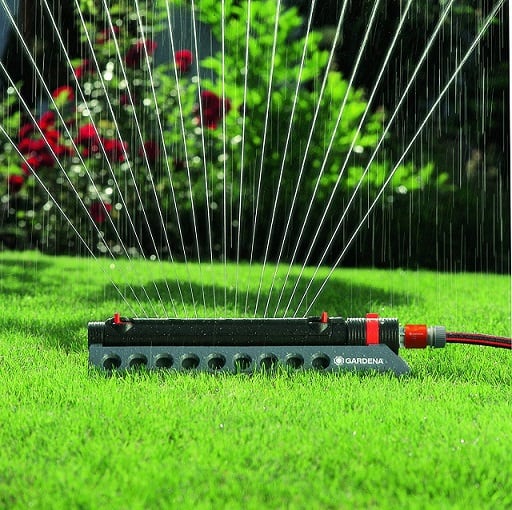
Make sure to keep the soil from drying out early in the plants’ life, because this stress can affect any future yields you might get. As your plants grow, you should make sure to keep the soil moist, but not waterlogged, so about 1 inch (2.54 cm) of rain or water a week should suffice.
Broccoli Diseases
When watering, also be careful not to water the budding crowns of the plant as this can promote molds and diseases. If you live in a particularly dry climate, then you might consider adding a thin layer of mulch to the garden bed, which can help retain soil moisture and minimize heat stress.
Broccoli Cultivation Practices
While your plants are getting established, weeds can begin to overcrowd the young plants, because broccoli roots are very shallow. It’s best not to pull the weeds or cultivate the soil, so you should cut the weeds at their base or cover them with mulch instead. Fertilize your broccoli three weeks after you planted them, using a fertilizer high in nitrogen, and apply it regularly at intervals of about once every two weeks.
How to Tell When Broccoli is Ready to Harvest
When the time comes to harvest, you should first check to see if the plants are ready by measuring the heads, which should be 4 to 7 inches (10 to 17 cm) wide. Color is also another indicator; and if you see any yellowing of the head, it is a sign that the plant is about to flower, then you should cut the head immediately. If you allow the plant to flower, it will suppress secondary floret growth, which will limit future yields.
How to Harvest Broccoli
When cutting the head, make sure to use a sharp knife and try to make a clean cut 6 inches (15 cm) below the head. As the season progresses, the plant should continue to produce florets from side shoots, and this should continue up until the point when the weather becomes too cold for any further production. You can store your fresh cut broccoli in the refrigerator for a short period; or lightly blanch it and put it in the freezer, for a more long-term, storage solution.



